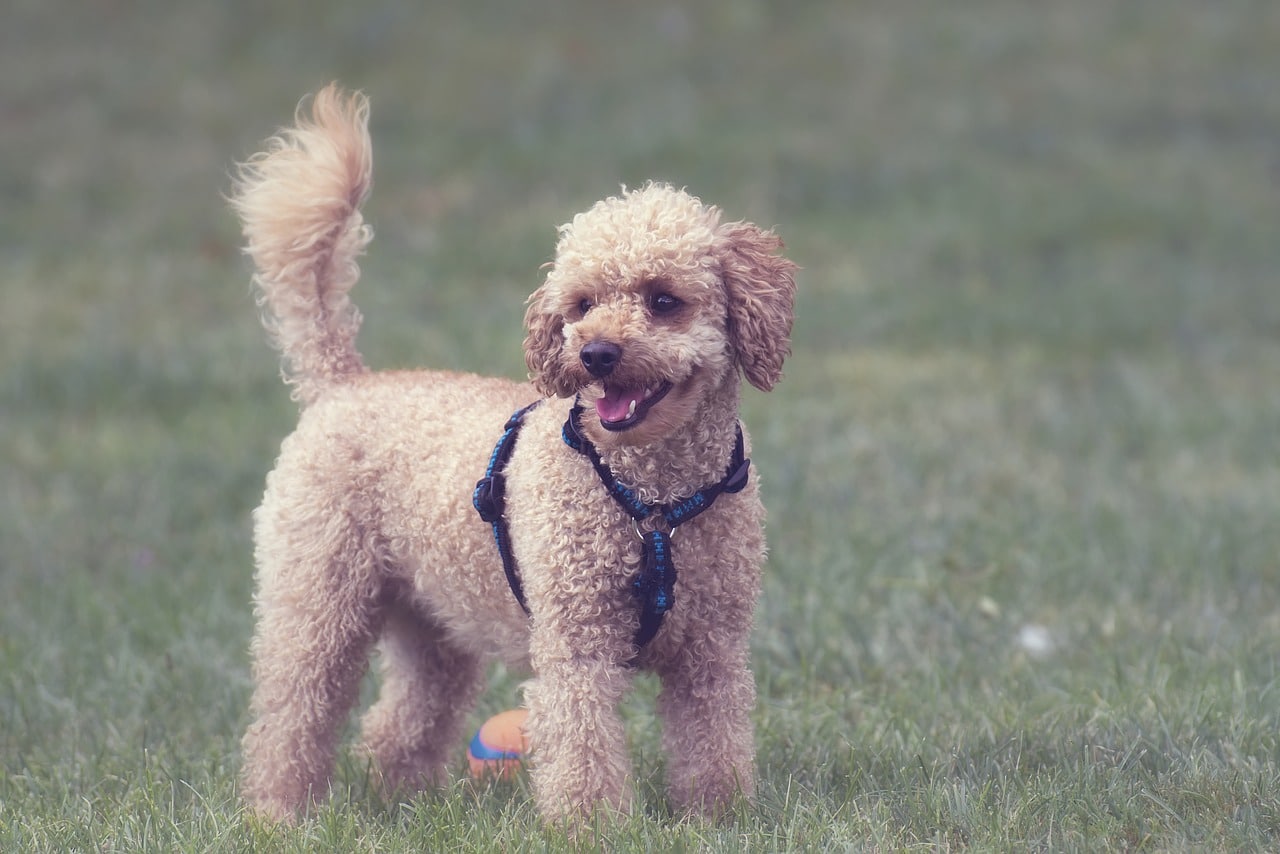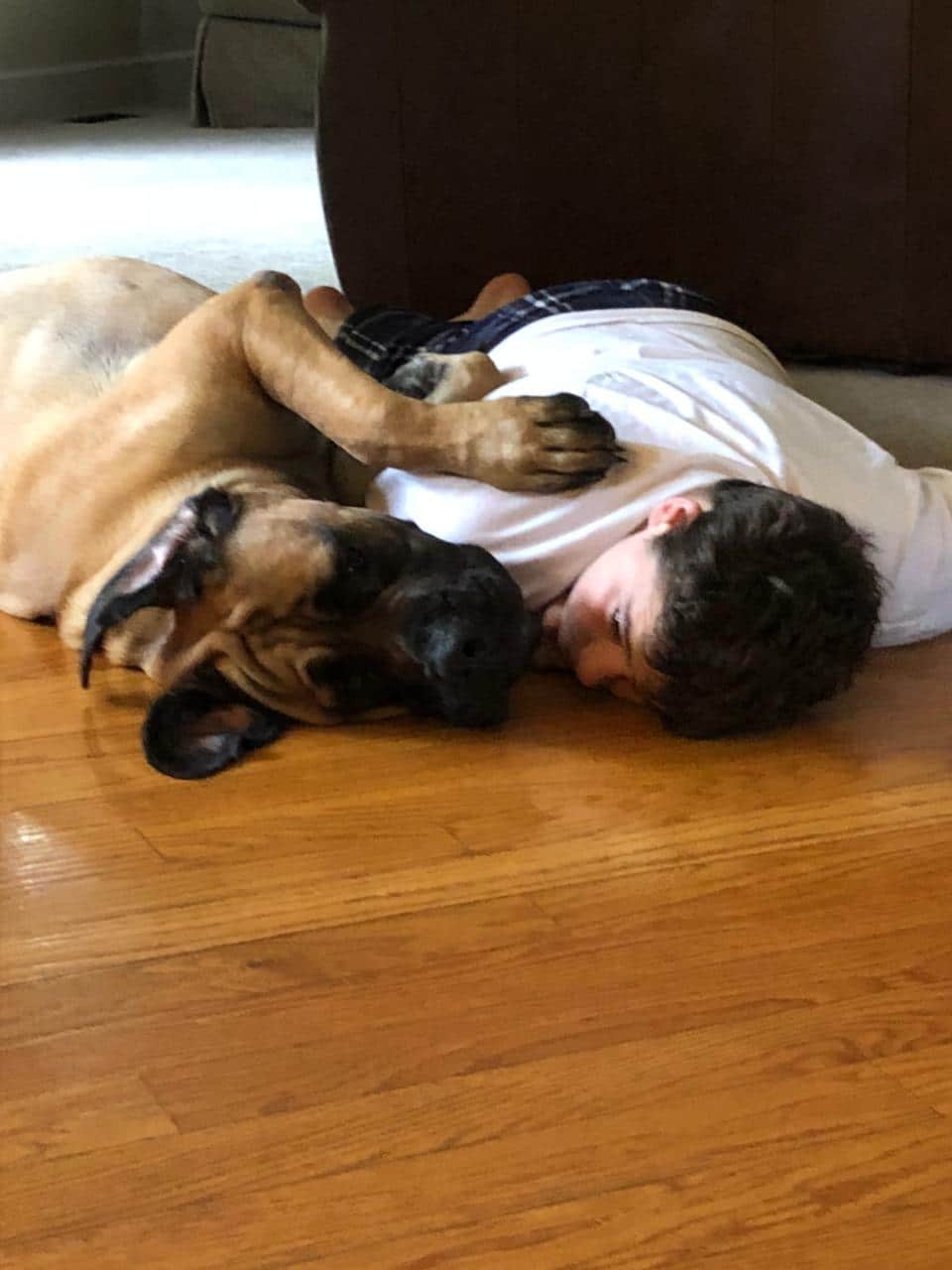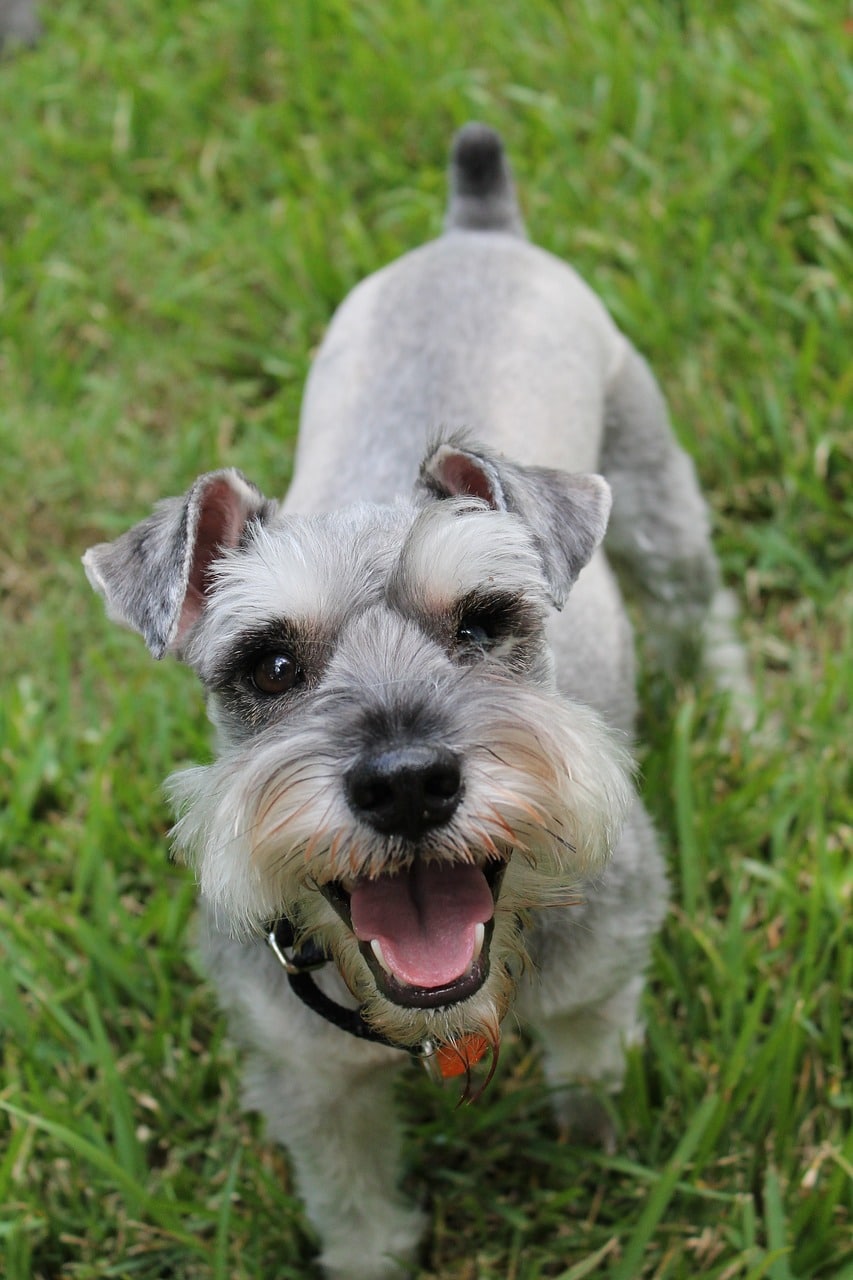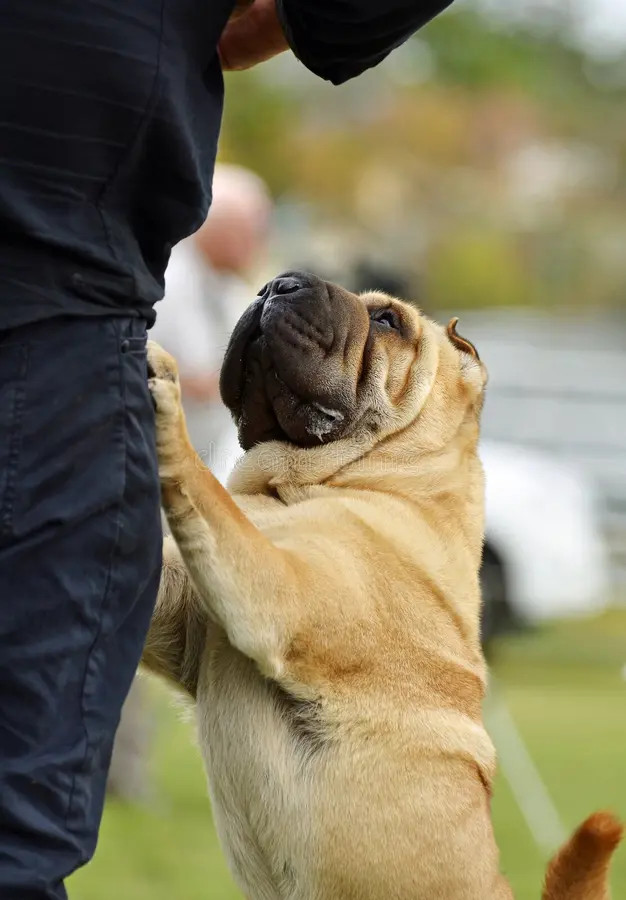
Dogs communicate primarily through body language. Understanding your dog’s signals can strengthen your bond and improve your relationship.
Understanding Your Dog’s Body Language: What Is Your Pup Really Saying?
1. Tail Wagging: More Than Just Happiness

A wagging tail doesn’t always mean your dog is happy. The position and speed of the wagon tell the full story.
A high, stiff wag can indicate excitement or aggression. A low, slow wag often shows uncertainty or submission .
2. Ears: Indicators of Mood

Your dog’s ears are a key indicator of their mood. Ears held high suggest alertness and confidence.
Ears pinned back usually signal fear, anxiety, or submission. If your dog’s ears are relaxed and in a neutral position, they are likely feeling calm .
3. Eye Contact: The Window to Their Emotions
Direct eye contact from your dog can mean different things. Prolonged staring might be a sign of dominance or a challenge.
Soft, blinking eyes, however, indicate contentment and affection. Avoiding eye contact often means your dog feels fearful or submissive .
4. Body Posture: Reading the Signs

A dog’s body posture can reveal their feelings. A relaxed, loose body shows that your dog is comfortable.
Stiffened muscles, on the other hand, can indicate tension or readiness to react.
If your dog rolls onto their back, exposing their belly, they are showing trust or seeking comfort .

5. Mouth: More Than Just a Smile
A dog’s mouth can express a range of emotions. A relaxed, slightly open mouth often signals contentment.
Panting might mean they are hot, stressed, or anxious.
A snarling mouth with lips curled back is a clear sign of aggression or fear .

6. Raised Hackles: A Sign of Arousal

When your dog’s hackles (the hair along their back) are raised, it indicates arousal. This can be due to excitement, fear, or aggression.
Raised hackles do not necessarily mean your dog will act aggressively, but they are definitely on high alert .
7. Pawing: A Gesture of Attention

When your dog paws at you, they are seeking attention. This could mean they want to play, are hungry, or just want some affection. It’s a gentle reminder that they need something from you .
8. Yawning: Not Always About Sleepiness
Yawning in dogs can be a sign of stress or confusion, not just tiredness. Dogs also yawn to calm themselves in tense situations or to avoid conflict .

9. Play Bow: An Invitation to Play
When your dog lowers their front legs and keeps their rear end up, they are inviting you or another dog to play. This posture is a clear sign of a happy, playful mood .

10. Head Tilting: Showing Curiosity
A head tilt often means your dog is curious or trying to understand something. This adorable gesture is usually a sign that they are engaged and focused on what you are saying or doing .

Conclusion of Your Dog’s Body Language
Understanding your dog’s body language helps you respond to their needs effectively. By learning these signals, you’ll build a stronger, more trusting relationship with your pup.
Sometimes, body language alone is not enough, and you need to send a stronger message. https://excellentdogsclub.com/a-yellow-ribbon-the-signal-for-anxious-or-aggressive-dogs/
Sources:
1. American Kennel Club. “Decoding Your Dog’s Tail Wags: What Different Movements Mean.”
2. PetMD, “Understanding Your Dog’s Body Language: Ears, Eyes, and More.”
3. VCA Hospitals, “Interpreting Dog Body Language.”
4. ASPCA, “Body Language: Signs of Stress, Anxiety, and Fear in Dogs.”
Photos Courtesy of Pexel, Pixabay, FreePik and Humane Society of Huron







